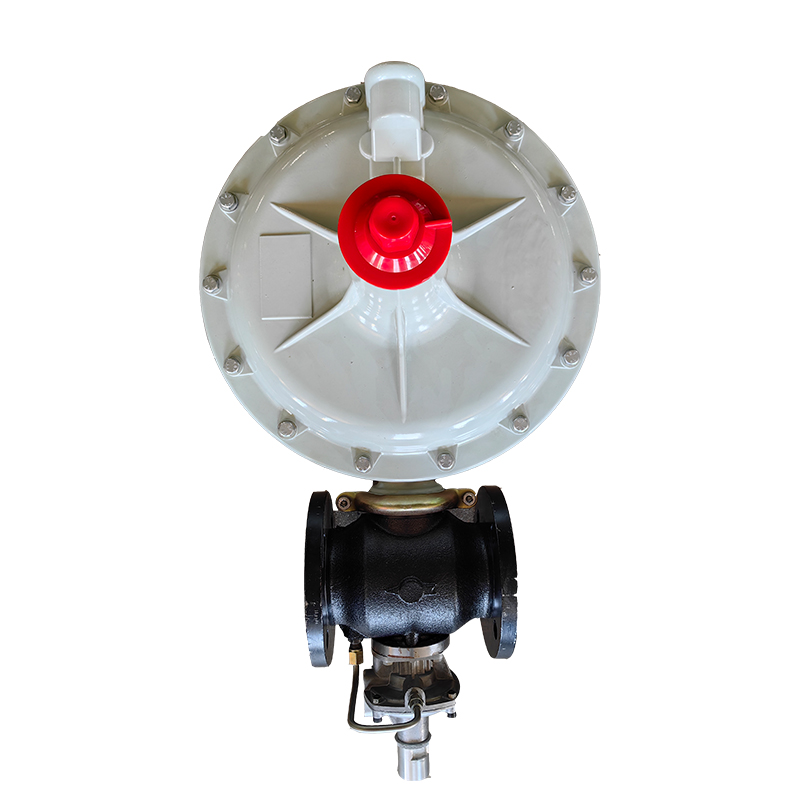
Dec . 20, 2024 14:43
Back to list
Safety Relief Valve for Optimal Pressure Control and System Protection
The Safety Relief Valve A Vital Component in Industrial Safety
In the world of industrial processes, safety is paramount. One of the essential components that help ensure safety in various applications is the safety relief valve. Commonly known as a pressure relief valve, this mechanical device plays a crucial role in preventing excessive pressure build-up in systems, thereby safeguarding both equipment and personnel.
Understanding Safety Relief Valves
A safety relief valve is designed to open automatically when the pressure in a system exceeds predetermined levels. This feature prevents potential failures, explosions, or catastrophic incidents that can arise from overpressure situations. The operation of a safety relief valve is straightforward it maintains system pressure by releasing excess fluid or gas to a safe area when pressures exceed the set limits.
Applications of Safety Relief Valves
Safety relief valves are used in a wide range of industries, including oil and gas, chemical manufacturing, power generation, and water treatment. In these industries, maintaining the correct pressure is critical for efficient operation and safety. For instance, in a boiler system, if the pressure exceeds safe operating levels, the safety relief valve will activate to prevent boiler explosions, which can lead to devastating injuries and significant property damage.
Additionally, in the oil and gas sector, safety relief valves are used to manage pressures during the extraction and refining processes. These valves can help prevent oil spills and leaks by maintaining pressure at safe levels, thereby contributing to environmental protection efforts. In chemical processes, these valves ensure that reactors do not operate under hazardous pressure conditions, which could lead to chemical spills or violent reactions.
.
There are different types of safety relief valves, each suited for specific applications. The two primary types are
صمام تنفيس الأمان

1. Spring-Loaded Safety Relief Valves These valves use a spring mechanism to hold the valve closed until the pressure rises above the set limit. When that occurs, the spring compresses, allowing the valve to open and release excess pressure.
2. Pilot-Operated Safety Relief Valves These valves use a small pilot valve that is sensitive to pressure changes. When the system pressure exceeds the predetermined level, the pilot valve opens, which then allows the larger main valve to open and release the excess pressure.
Importance of Maintenance and Compliance
To ensure safety relief valves function correctly, regular maintenance and testing are essential. Over time, these valves can suffer from wear and corrosion, potentially leading to failures. Regular inspections and maintenance help identify issues before they become critical, ensuring that the valves perform optimally during emergencies.
Moreover, compliance with industry standards and regulations is crucial. Organizations must adhere to guidelines set by regulatory agencies to ensure the safe design, installation, and maintenance of safety relief valves. This compliance not only helps prevent accidents but also enhances the reliability and efficiency of industrial processes.
The Future of Safety Relief Valves
As industries evolve and technologies advance, the design and functionality of safety relief valves are also being enhanced. Innovations such as smart sensors and automated monitoring systems are being integrated into safety relief valves. These advancements allow for real-time monitoring of pressure levels and automatic adjustments, providing an additional layer of safety.
In conclusion, safety relief valves are indispensable for maintaining safety in high-pressure systems across various industries. By preventing overpressure scenarios, they protect both equipment and lives. Regular maintenance, adherence to safety regulations, and the incorporation of advanced technologies are vital for maximizing their effectiveness. As industries continue to grow, the importance of these valves will undoubtedly remain a critical focus in ensuring operational safety and efficiency.
Next:
Latest news
-
Safety Valve Spring-Loaded Design Overpressure ProtectionNewsJul.25,2025
-
Precision Voltage Regulator AC5 Accuracy Grade PerformanceNewsJul.25,2025
-
Natural Gas Pressure Regulating Skid Industrial Pipeline ApplicationsNewsJul.25,2025
-
Natural Gas Filter Stainless Steel Mesh Element DesignNewsJul.25,2025
-
Gas Pressure Regulator Valve Direct-Acting Spring-Loaded DesignNewsJul.25,2025
-
Decompression Equipment Multi-Stage Heat Exchange System DesignNewsJul.25,2025

